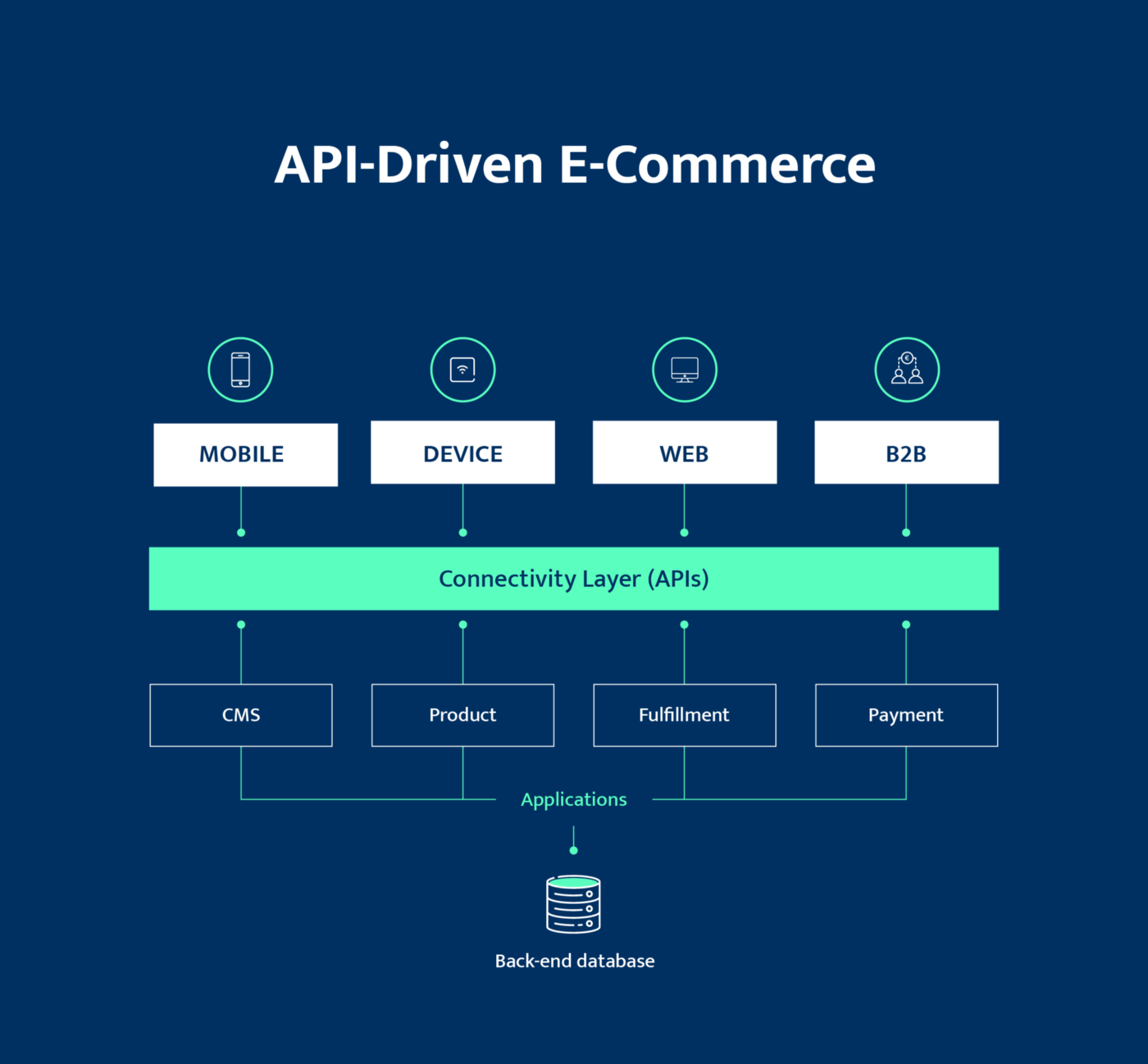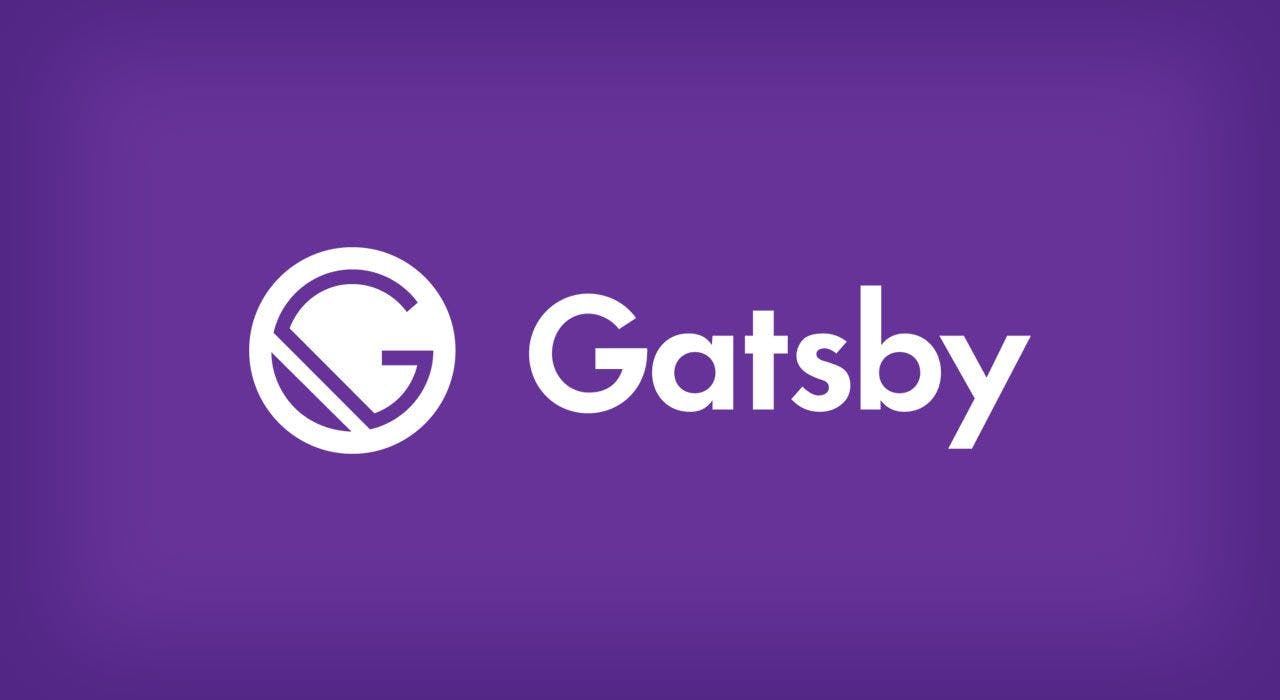Headless ecommerce:Modern and User Experience
With the rapid development of e-commerce in the past ten years, the web technology has been constantly changing: from traditional PC ecommerce, to mobile, and now to social media experiential ecommerce. The new commerce model brings a different shopping experience to consumers.
How to deal with the customer shopping habits? How can online merchants stay ahead of technology and respond as quickly as possible? What a business model can better meet the consumer needs?
The revolution of online selling in new era
Although an e-commerce platform can satisfy ordinary online business and lower the entry barriers for start-ups. For brands and large retailers, the standardized ecommerce architecture is strict, cannot meet the business growth in the future. Until the emergence of a new web stack Headless E-commerce, brands began to build their own online shopping stores to create a unique shopping experience. According to Forbs data report, in 2020-2021, headless commerce agencies receive more than $1.65 billion in investment capital, and in the next few years, the technology will rapidly develop and become the main digital infrastructure for online brands.
What is Headless Commerce
Headless business is a new type of web development architecture. Its core feature is to decouple the front-end presentation layer and the back-end data layer into independent development systems. The front-end presentation layer (mainly including: page layout and style, pictures and videos, graphics and tables, etc.), because there are no back-end constraints (back-end functions: product management, content management, shopping cart and payment management, etc.), become more Flexible and smooth access speed improves the user's shopping experience.

traditional e-commerce platform
Before the advent of headless e-commerce, the various online sales platforms used by merchants were the Monolithic model, which is also a complete e-commerce solution that combines real-time front-end and back-end. The biggest advantage is that the store setup and operation are very convenient, which is conducive to the merchants to enter the market faster. There is a rich selection of design templates and third-party plugins on the market. In addition, some large retailers choose to build their own full-stack e-commerce websites. Although the enterprise has complete autonomy, the development cost is huge. The website architecture, front-end design, and back-end database require a lot of human resources, and the results are constantly optimized. And verification, compatibility with third-party plug-ins is not friendly, which greatly limits the development space of self-built platforms.
In any case, the single e-commerce must tightly bind the front-end and back-end data together, the structure becomes no longer flexible, and the technology iteration, user demand changes, and enterprise development space are greatly limited.
Advantages of headless e-commerce
The emergence of the new e-commerce architecture is inseparable from the recent popularity of the JAMstack tech stack, both to solve the development bottleneck of online sales enterprises in the future.
- Flexibility: Merchants can design their own storefronts completely independently, show unique brand charm, conduct more in-depth exchanges with users, and enhance users' loyalty to the brand.
- Fast: Use cutting-edge front-end frameworks, such as Next.js and Gatsby.js, and use SSG (what is a static site generator) tool to generate static pages from front-end data. Through the combination of pre-rendering and CDN edge technology, the fastest speed The speed at which your store is displayed on the user's surface, which greatly promotes the conversion rate.
- Scalability: Brands can enhance customer shopping experience by using digital experience platform DXP. IT departments only need to integrate based on APIs provided by software vendors, instead of developing their own. This flexible development is in line with the long-term needs of enterprise development.
Why headless commerce is modern and User experience
What makes headless e-commerce amazing is that it adopts a modern technology architecture, this new type of e-commerce solution, with the advantages of high performance, flexibility, security and scalability, creates a favorable competitive condition to meet the needs of future development.
API-Driven Commerce
When it comes to headless e-commerce, we cannot but mention "API" (Application Programming Interface). We know that headless commerce separates front-end and back-end, so how do they stay connected? It is through advanced API communication technology, the back-end data layer provides API interfaces, the front-end obtains the API on demand, and the back-end data is displayed on the front-end. Therefore, we also call headless e-commerce a API-Driven Commerce.
API is developed based on digital technology. With the rise of Internet of Things, artificial intelligence, augmented reality/virtual reality, Web 3.0 and blockchain technology, the development of e-commerce has also entered a new stage. These technologies are connected and communicate with each other, so how do you fuse so many related technologies together to pass information from one software to another? This requires the integration function of the AP. The advantage of this is that the software is independent of each other and shares data.
Scalable
Merchants who sell online can expand store functions through third-party applications, assemble stores and third-party software through API, realize the interaction of sending requests and quick responses, quickly help merchants to complete various tasks, simplify the operation process, and realize Data automation.
Safe & Stable
The API has the characteristics of stability and security. Users send requests on the store, and the API protects your e-commerce data through security measures such as encryption technology.
Reusable
Since APIs are built using a service-oriented approach, they are reusable across platforms and software. It reduces the cost and time for developers to re-develop, and enhances the connection between each device.
Flexible
Using API-driven technology to realize the omni-channel marketing of e-commerce, in various devices and hardware systems, the shopping function can be realized only by calling the API, and there is no need to re-develop for a certain device.
Migration, hosting and maintenance made easy
APIs make it easy to migrate, host and maintain e-commerce. Merchants don't even need servers and database, just use the APIs to connect all the data and display on everywhere you want. When migrating a store, you only need to call the API again, and the hosting and maintenance of the API is the service of the software provider, and the merchant does not need to worry.
Modern Development Frameworks
For headless commerce, the development team can use the technology stack to properly design the website architecture. At present, the most popular headless e-commerce development frameworks are NEXT.JS and GATSBY.JS, both of which are language frameworks developed on the basis of JAVASCRIPT and REACT.JS.
The use of cutting-edge development frameworks can bring an unparalleled shopping experience to the store. NEXT.JS and GATSBY.js provide static page generation technology, deploy HTML websites to CDN through API, without additional servers, and page loading is extremely fast.
Next.js
Next.js is a React framework with a variety of powerful built-in development tools. Its biggest advantage is that it can provide flexible page rendering solutions: server-side rendering SSR, browser-side rendering CSR, and static pre-rendering SSG. This is especially important for e-commerce and can greatly improve website performance.

SSG static page generation can use API to generate static paths of various data resources and templates during website construction, render them into HTML files and deploy them in the CDN network. When users visit, the browser can be displayed at an amazing speed without calling after end data. It solves the huge problem of calling data on the server side and slow loading speed on the browser side.
In addition, SSG static generation is particularly suitable for SEO optimization, and the generated pages can be quickly indexed by search engine spiders to improve SEO ranking. Moreover, a friendly user experience greatly improves customer retention time, thereby improving Google rankings, bringing a huge source of potential traffic and customers.
During the construction of Next.js, developers can use SSR and SSG at the same time, and choose different rendering schemes according to different needs, which is not available in other SSG tools.
Gatsby.js
Gatsby is also a popular React framework mainly used for generating static pages. It is the main development framework for building JAMstack websites, and a variety of built-in plugins make Gatsby development easier. One of them is the GraphQL tool, which makes it easier for developers to access APIs provided by various applications and increase productivity.

Apps developed by Next.js and Gatsby.js have a lot in common, both have the advantage of being fast, performant, and SEO friendly. The difference is that Next.js is more open, it can not only use SSG, but also use SSR server-side to call dynamic data and update the changing data in real time, which is more suitable for the development of large and medium-sized e-commerce. Gatsby lacks support for dynamic data changes because of the lack of server rendering support, but for small and medium-sized e-commerce, it is very good.
Content Management System (CMS)
For online businesses, CMS is the back-end database for merchants, and it and front-end development frameworks (Next and Gatsby) together form a perfect headless e-commerce solution. Many CMSs are based on API-Driven solutions, and developers can connect to background data by calling the required API interface, which is very convenient. There are many CMS companies on the market that offer slightly different services and fees. Of course, choosing a different platform will have a certain impact on the subsequent development process. Therefore, the right CMS must be selected according to the needs of the enterprise.
CMS for content management
It refers to a conventional content management system, on which users can customize the desired content types, edit, publish, and delete operations. Not only for content publishing and blog article publishing for B2B companies, but also product and inventory management for e-commerce.
Contentful CMS
Contentful CMS is a headless CMS and API-first content management platform, and one of the most used by enterprises today. Allow users to create, manage and publish content on any digital channel. Contentful users can fully control their content types and manage content independently. With the help of REST API and GRAPHQL API, users can call API quickly and conveniently, and can also publish content across websites, platforms and multiple channels.
Strapi CMS
Strapi CMS is the developer community's favorite open-source headless CMS. Because it is open source, it has been participated by a large number of developers, and its degree of freedom and functionality have been greatly improved. Strapi is also API-driven, and users can freely manage permissions and their own content. You can also set different permissions and roles for different users. There are plenty of third-party plugins to choose from to extend functionality.
WordPress CMS
WordPress accounts for nearly 35% of websites, and it is also the earliest CMS. It was created to build blog sites and can now also be used for online business through the Woo Commerce plugin. In order to suit the development of headless business technology, WordPress also provides APIs that can help companies implement headless business solutions. For B2B and blog sites, WordPress is equally good at managing content on the backend, but for online e-commerce, it's a little less powerful and less flexible.
CMS for online salling
Online sales CMS refers to a professional e-commerce SASS platform that allows users to utilize its platform for product and inventory management, content publishing, etc. It also provides various functions and third-party plug-ins to meet online shopping needs.
Shopify
Shopify is a global online e-commerce giant. As a result of more than ten years of development, Shopify has been committed to providing users with a more convenient and experiential shopping platform, and has been at the forefront of e-commerce. The powerful and friendly Shopify backend management system meets almost all needs of a business. Shopify is especially suitable as a headless e-commerce, with rich API types, strong community support, greatly reducing the cycle of building headless e-commerce, flexible product management system, secure payment system, combined with headless commerce, showing out a strong vitality.
BigCommerce
BigCommerce is also a popular online e-commerce platform, and more and more businesses use it for online business due to its good and convenient operation interface. BigCommerce is a supporter of headless e-commerce, using BigCommerce CMS to develop headless solutions to create a friendly user experience store.
Magento
Magento is a shopping solution under the software giant Adobe. Compared with other shopping platforms, it provides a more friendly UI design and more professional services. Magento is also suitable for use in headless e-commerce scenarios. Yes, compared to other platforms, its development cost and various investments will also be higher.
There are many similar SASS content management systems, each with their own advantages. Considering the development cost and cycle, and weighing various elements, Shopify's back-end platform as a Headless CMS is undoubtedly the best and the most recommended.
Digital Experience Platform (DXP)
DXP is a third-party software that can provide enterprises with convenient digital solutions. The combination of DXP and headless commerce brings a good shopping experience. Enterprises can carry out functional development of online business according to their own needs, which can be used for customer management, marketing data analysis and logistics solutions. With the help of a powerful API interface, it can be quickly integrated into a headless solution, applications do not interfere with each other, and software subscriptions can be cancelled at any time.
Progressive Web Application
The recently emerging PWA technology, Progressive Web Application, provides users with an experience similar to native applications, allowing regular websites to run locally like applications, and can be accessed even when there is no network. shop. Combining the functionality of the website and mobile software creates an immersive user experience that brings higher profits to the business. With the disappearance of third-party cookies, PWA technology is particularly important. In the future of online shopping and Web 3.0, PWAs become irreplaceable and become the standard.
Conclusion
Headless e-commerce brings users a better digital experience and a more convenient shopping experience. Online retailers take advantage of technology to defeat their rivals and gain a larger market share. Therefore, go headless is the best-in-breed solution for fast growing brand.
Need more information about headless commerce, please check this tutorial, or directly ask HaiCommerce'experts to give you more details about headless shopify and more.